Home>Gardening & Outdoor>Plant Care & Gardening Tips>What Temperature Should You Cover Mums
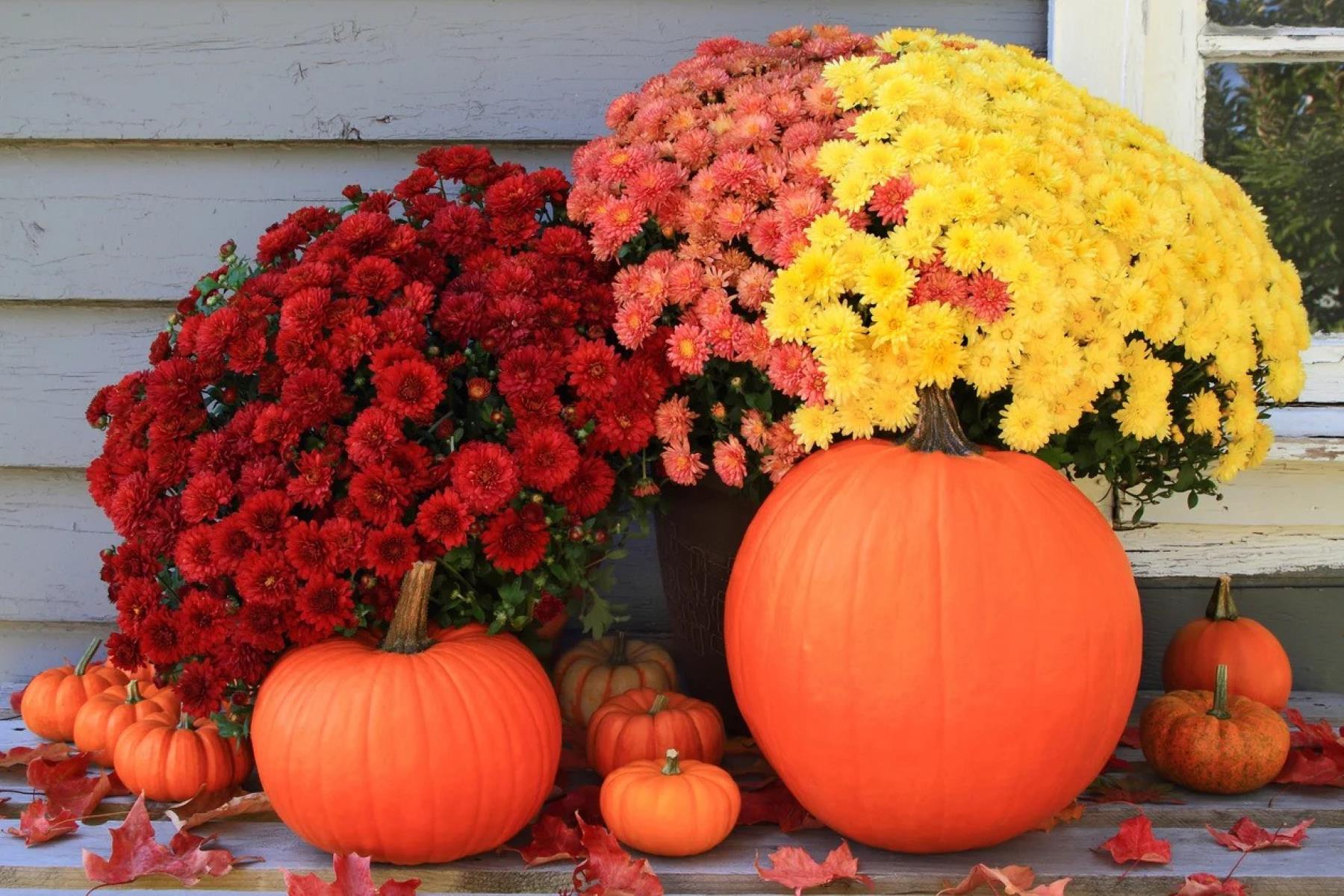

Plant Care & Gardening Tips
What Temperature Should You Cover Mums
Modified: March 3, 2024
Discover the ideal temperature for covering mums and get expert plant care and gardening tips to keep your flowers thriving. Explore our comprehensive guide now!
(Many of the links in this article redirect to a specific reviewed product. Your purchase of these products through affiliate links helps to generate commission for Storables.com, at no extra cost. Learn more)
Introduction
When it comes to nurturing vibrant and resilient mums, understanding the optimal temperature for their well-being is crucial. Mums, also known as chrysanthemums, are beloved for their stunning blooms and are a staple in many gardens. These hardy perennials are known for their ability to thrive in cooler temperatures, making them a popular choice for fall displays. However, when the mercury drops, it's essential to provide them with the right level of protection to ensure their continued health and beauty.
In this comprehensive guide, we will delve into the ideal temperature for covering mums, explore the factors that influence their temperature needs, and provide valuable tips for effectively protecting these cherished flowers. By the end of this article, you will be equipped with the knowledge and insights needed to safeguard your mums against temperature fluctuations, allowing them to flourish and grace your garden with their resplendent hues.
Key Takeaways:
- Protect mums from freezing temperatures (below 32°F) by covering them with breathable materials like burlap. Secure coverings, monitor weather, and uncover when safe to ensure mums thrive.
- Consider mums’ variety, local climate, and growth stage when covering them. Use organic mulch and portable greenhouses for added protection. Preemptively cover mums before freezing temperatures and chilling winds to keep them resilient.
Ideal Temperature for Covering Mums
The ideal temperature for covering mums revolves around maintaining a delicate balance that shields them from harsh environmental conditions while still allowing them to thrive. Mums are particularly sensitive to temperature fluctuations, especially when exposed to chilly winds or frost. To ensure their well-being, it's crucial to understand the temperature thresholds that necessitate protective measures.
Typically, mums thrive in cooler temperatures, with their optimal growing range falling between 60 to 70 degrees Fahrenheit (15 to 21 degrees Celsius). However, when the mercury dips below 32 degrees Fahrenheit (0 degrees Celsius), mums become vulnerable to frost damage. At this point, it is imperative to take proactive steps to shield them from the detrimental effects of freezing temperatures.
Covering mums becomes essential when the nighttime temperatures are forecasted to plummet below freezing. This protective measure helps to insulate the plants, safeguarding them from the potential harm caused by frost. By providing a barrier against the cold, covering mums can prevent the formation of ice crystals on the delicate petals and foliage, preserving their structural integrity and overall health.
In addition to shielding mums from frost, covering them can also mitigate the impact of chilling winds. Even if the temperature remains above freezing, exposure to cold winds can dehydrate the plants and compromise their ability to thrive. Therefore, covering mums during windy spells can offer an extra layer of protection, ensuring that they remain robust and resilient.
When determining the ideal temperature for covering mums, it's essential to monitor weather forecasts diligently. By staying informed about impending temperature fluctuations, gardeners can preemptively prepare their mums for adverse conditions, thereby minimizing the risk of damage and promoting their longevity.
In essence, the ideal temperature for covering mums revolves around preemptive action, ensuring that they are shielded from freezing temperatures and chilling winds. By understanding the temperature thresholds that necessitate protective measures and taking proactive steps to safeguard these beloved flowers, gardeners can nurture thriving mums that continue to enchant with their resplendent blooms.
Cover mums when temperatures drop below 32°F to protect them from frost damage. Use a light fabric or frost cloth to cover the plants, and secure it at the base to keep the warmth in.
Factors to Consider
When contemplating the optimal temperature for covering mums, several crucial factors come into play, each exerting a significant influence on the well-being of these beloved flowers. Understanding these factors is essential for effectively protecting mums from adverse environmental conditions and nurturing their resilience. Let's delve into the key considerations that gardeners should bear in mind when determining the appropriate temperature for covering mums.
-
Variety of Mums: Different varieties of mums exhibit varying levels of cold tolerance. Some cultivars are inherently more resilient to chilly temperatures, while others may be more susceptible to frost damage. Therefore, it's important to consider the specific characteristics of the mums in your garden when assessing their temperature needs. By understanding the cold tolerance of different mum varieties, gardeners can tailor their protective measures to suit the unique requirements of each cultivar, ensuring comprehensive care for all mums in their garden.
-
Local Climate: The local climate plays a pivotal role in determining the temperature thresholds that necessitate covering mums. Regions with milder fall and winter conditions may require less frequent and extensive protective measures compared to areas with harsher climates. By considering the prevailing weather patterns and temperature trends in their locality, gardeners can adapt their approach to covering mums, aligning their protective efforts with the specific climatic challenges they face.
-
Microclimates: Within a garden or outdoor space, microclimates can create localized variations in temperature. Areas that receive ample sunlight may experience warmer temperatures, while shaded spots or low-lying areas might be more susceptible to frost. When covering mums, it's important to take these microclimatic nuances into account, ensuring that all mums, regardless of their placement, receive adequate protection tailored to their specific microclimate.
-
Weather Forecasts: Staying abreast of weather forecasts is paramount when considering the temperature for covering mums. By monitoring upcoming temperature fluctuations and frost advisories, gardeners can anticipate adverse conditions and take proactive steps to shield their mums from potential harm. Weather forecasts provide valuable insights that enable gardeners to make informed decisions regarding the timing and extent of protective measures, thereby safeguarding their mums against the detrimental effects of freezing temperatures.
-
Plant Growth Stage: The growth stage of mums can influence their susceptibility to cold temperatures. Young, tender shoots and buds are more vulnerable to frost damage, while established plants may exhibit greater resilience. When considering the temperature for covering mums, it's essential to factor in the growth stage of the plants, ensuring that protective measures are tailored to address the specific vulnerabilities associated with each stage of growth.
By taking these factors into consideration, gardeners can make well-informed decisions regarding the temperature thresholds that necessitate covering mums and implement targeted protective measures that cater to the unique characteristics and environmental dynamics of their garden. This thoughtful approach not only safeguards mums from the perils of freezing temperatures but also fosters a nurturing environment where these cherished flowers can thrive and flourish.
Tips for Covering Mums at the Right Temperature
When it comes to effectively covering mums at the right temperature, several practical tips can empower gardeners to safeguard these beloved flowers from the perils of freezing temperatures and chilling winds. By implementing these tips with care and consideration, gardeners can nurture resilient mums that continue to thrive and enchant with their resplendent blooms.
-
Selecting the Right Covering Materials: When preparing to shield mums from adverse temperatures, choosing the appropriate covering materials is paramount. Opt for breathable fabrics such as burlap or frost blankets, which provide insulation while allowing air and moisture to circulate. Avoid plastic covers, as they can trap moisture and hinder air circulation, potentially causing more harm than good.
-
Timing is Key: Stay attuned to weather forecasts and preemptively cover mums before freezing temperatures set in. By acting proactively, gardeners can ensure that their mums are shielded from the onset of adverse conditions, minimizing the risk of frost damage and preserving the plants' vitality.
-
Secure Coverings Properly: When draping coverings over mums, ensure that the materials are secured firmly to prevent them from being dislodged by gusty winds. Use stakes or rocks to anchor the coverings in place, maintaining a snug yet gentle enclosure that shields the plants without causing damage.
-
Allow for Ventilation: While covering mums, it's essential to provide adequate ventilation to prevent heat and moisture buildup. Avoid completely sealing the plants, as this can create a humid environment conducive to fungal growth. Instead, leave the coverings slightly open or use breathable materials to maintain a healthy microclimate around the mums.
-
Monitor and Uncover Appropriately: Regularly monitor the weather and the condition of the mums to determine when it's safe to uncover them. Once the threat of freezing temperatures has passed, promptly remove the coverings to allow the mums to bask in the natural elements and resume their growth unhindered.
-
Mulching for Added Protection: Applying a layer of organic mulch around the base of mums can provide additional insulation and protection from temperature fluctuations. Mulch helps regulate soil temperature and moisture levels, creating a conducive environment for mums to thrive even in the face of inclement weather.
-
Consider Portable Greenhouses: In regions with particularly harsh winters, investing in portable greenhouses or cold frames can offer a reliable solution for protecting mums. These structures provide a controlled environment that shields mums from freezing temperatures while allowing sunlight to nourish the plants.
By incorporating these tips into their gardening practices, enthusiasts can ensure that their mums are effectively covered at the right temperature, safeguarding them from the adverse effects of frost and chilly winds. This thoughtful approach not only preserves the beauty and vitality of mums but also fosters a nurturing environment where these cherished flowers can flourish year after year.
Frequently Asked Questions about What Temperature Should You Cover Mums
Was this page helpful?
At Storables.com, we guarantee accurate and reliable information. Our content, validated by Expert Board Contributors, is crafted following stringent Editorial Policies. We're committed to providing you with well-researched, expert-backed insights for all your informational needs.
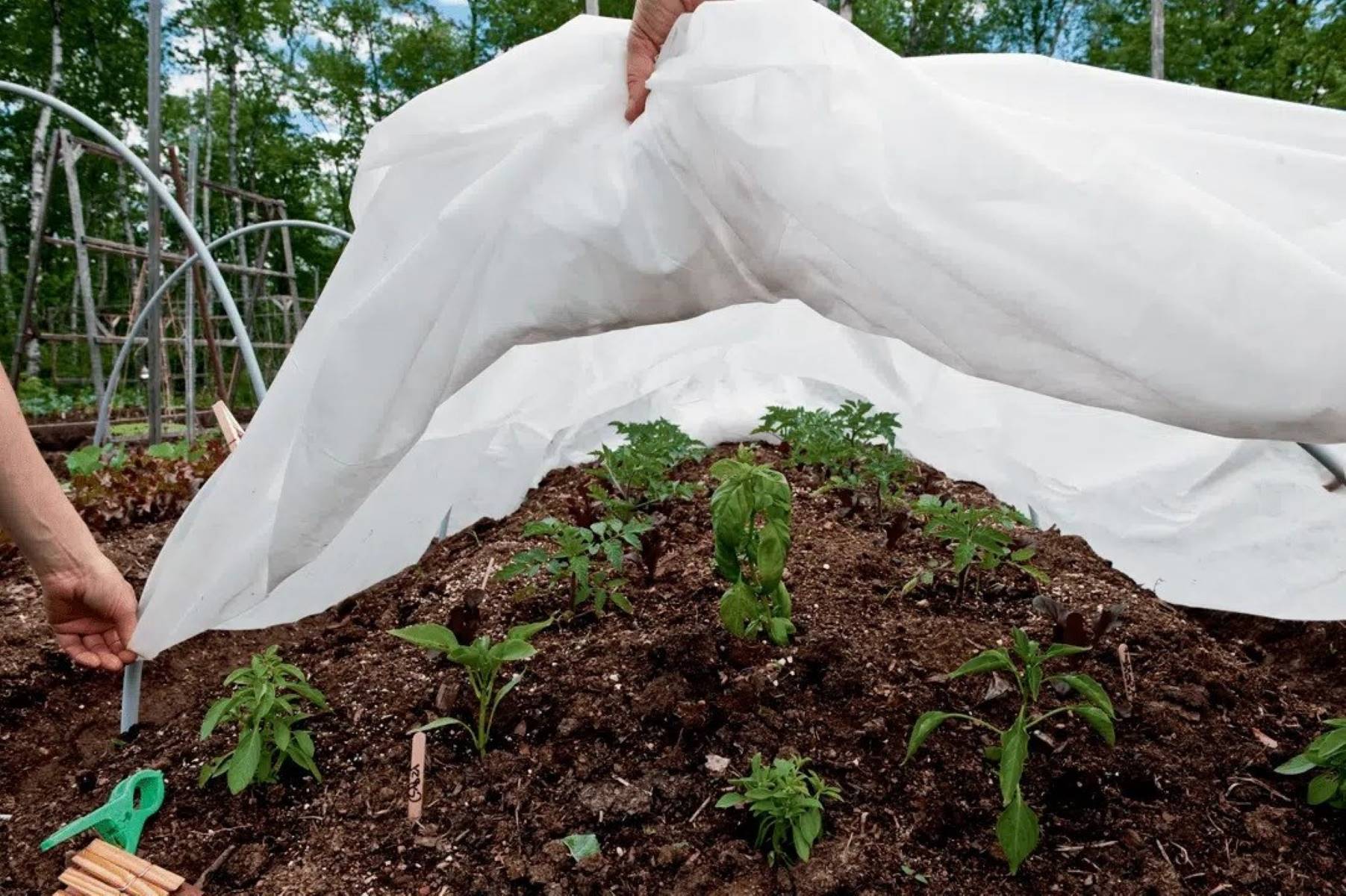
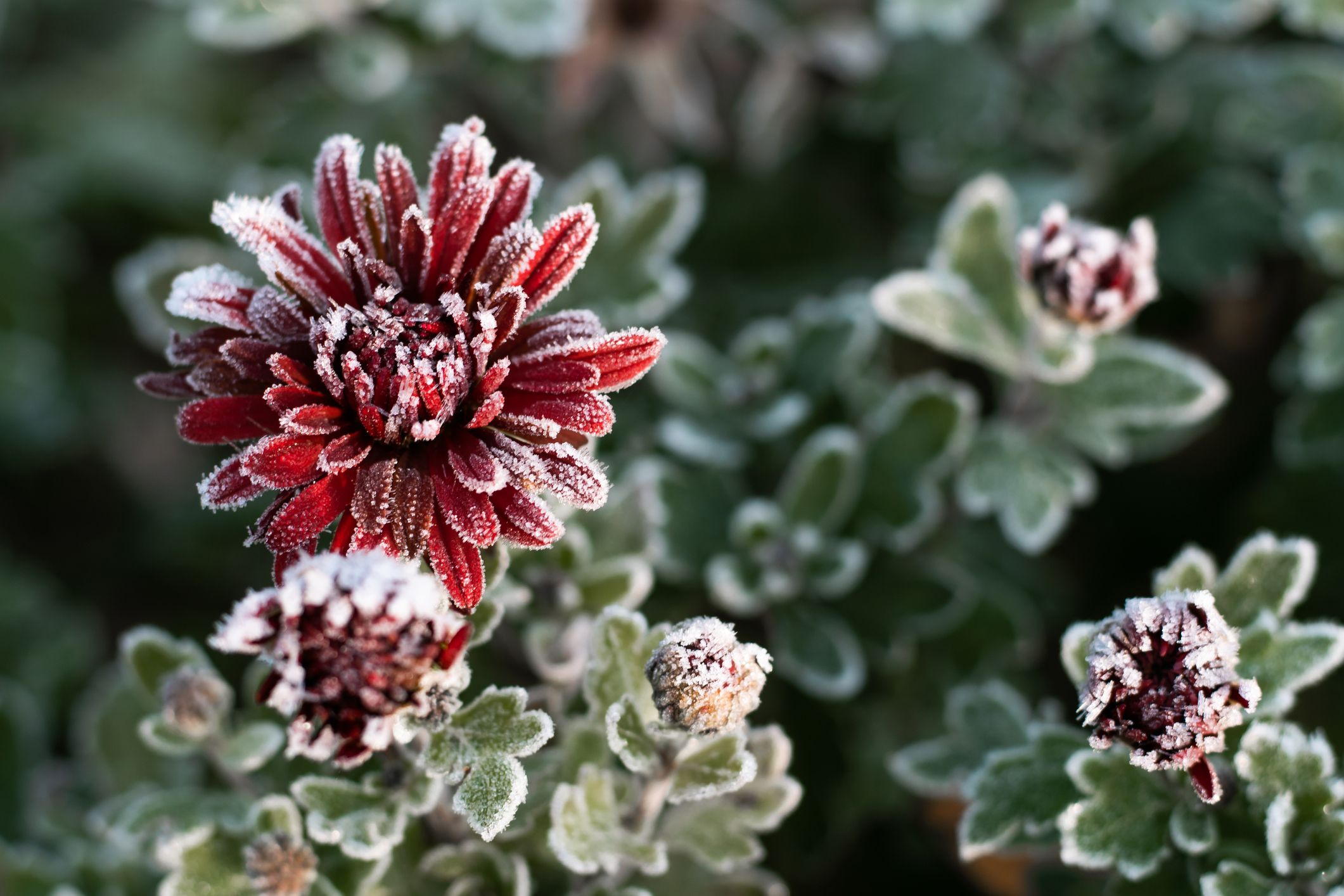
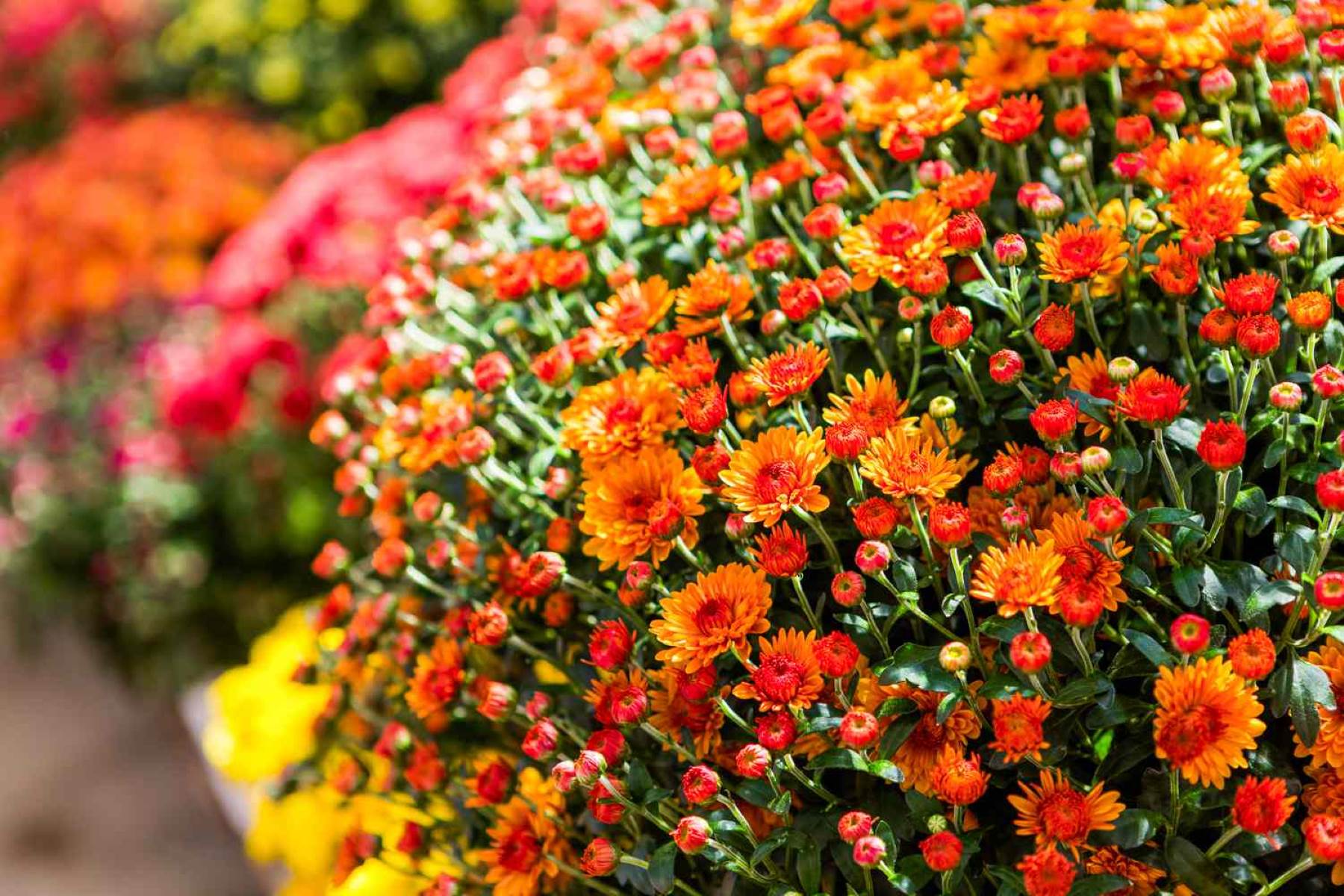

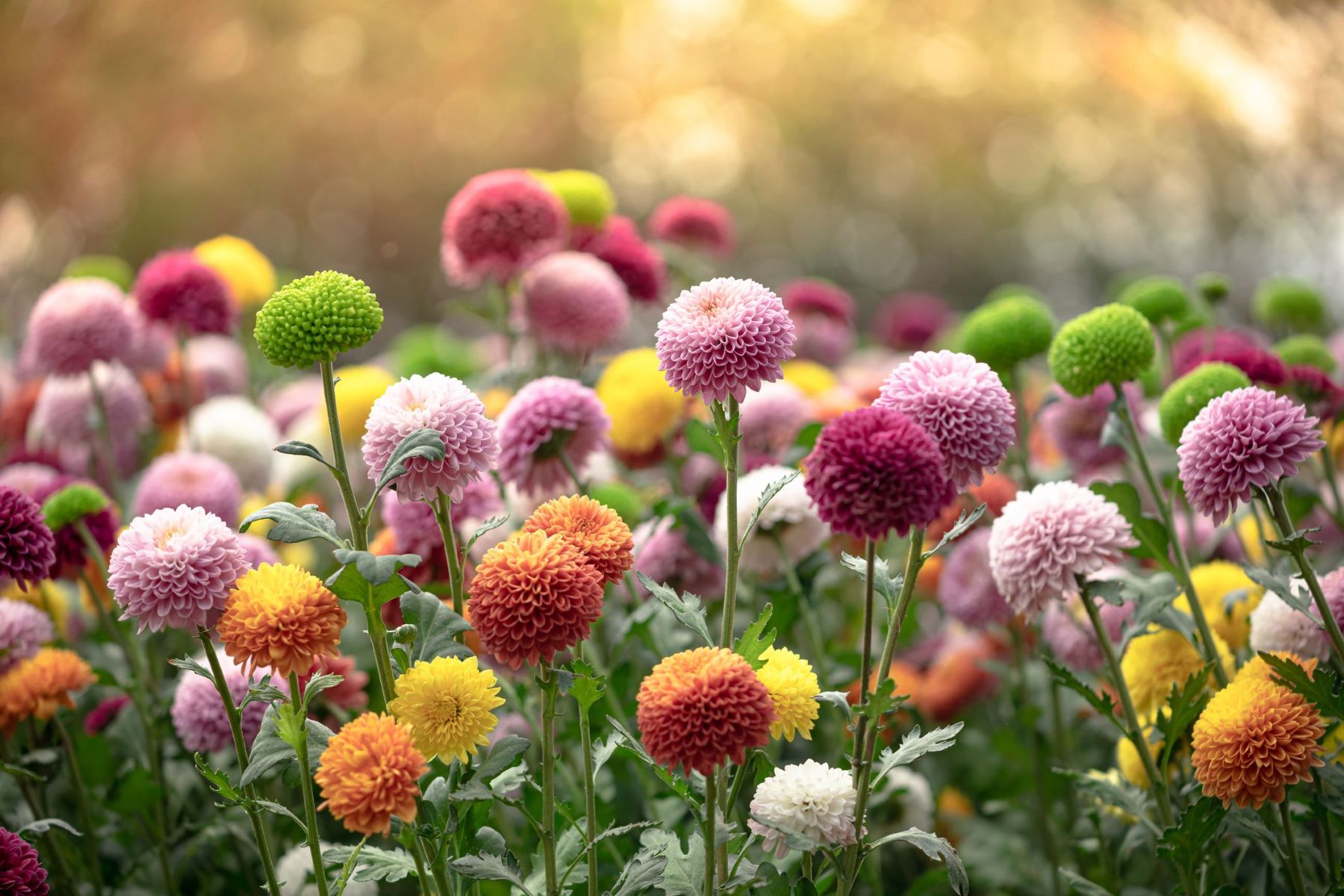


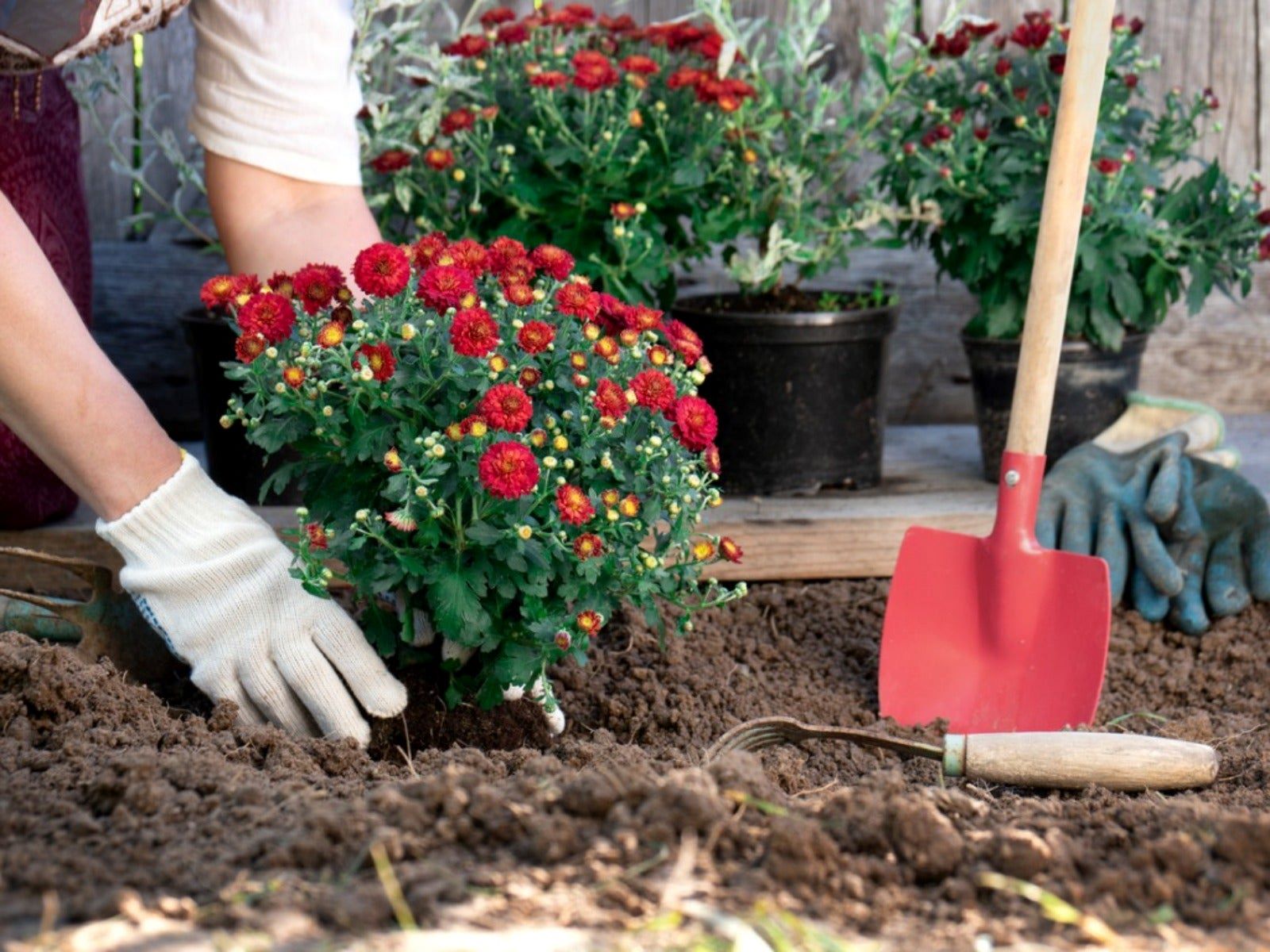




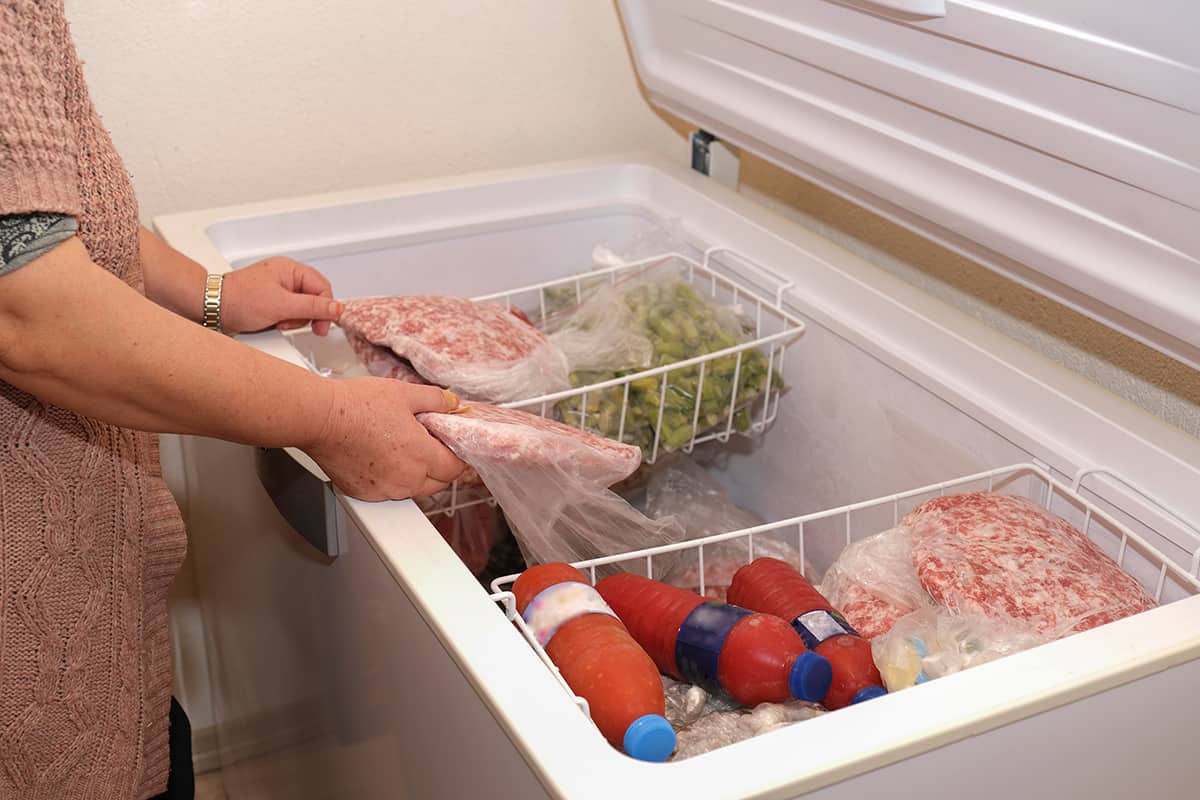
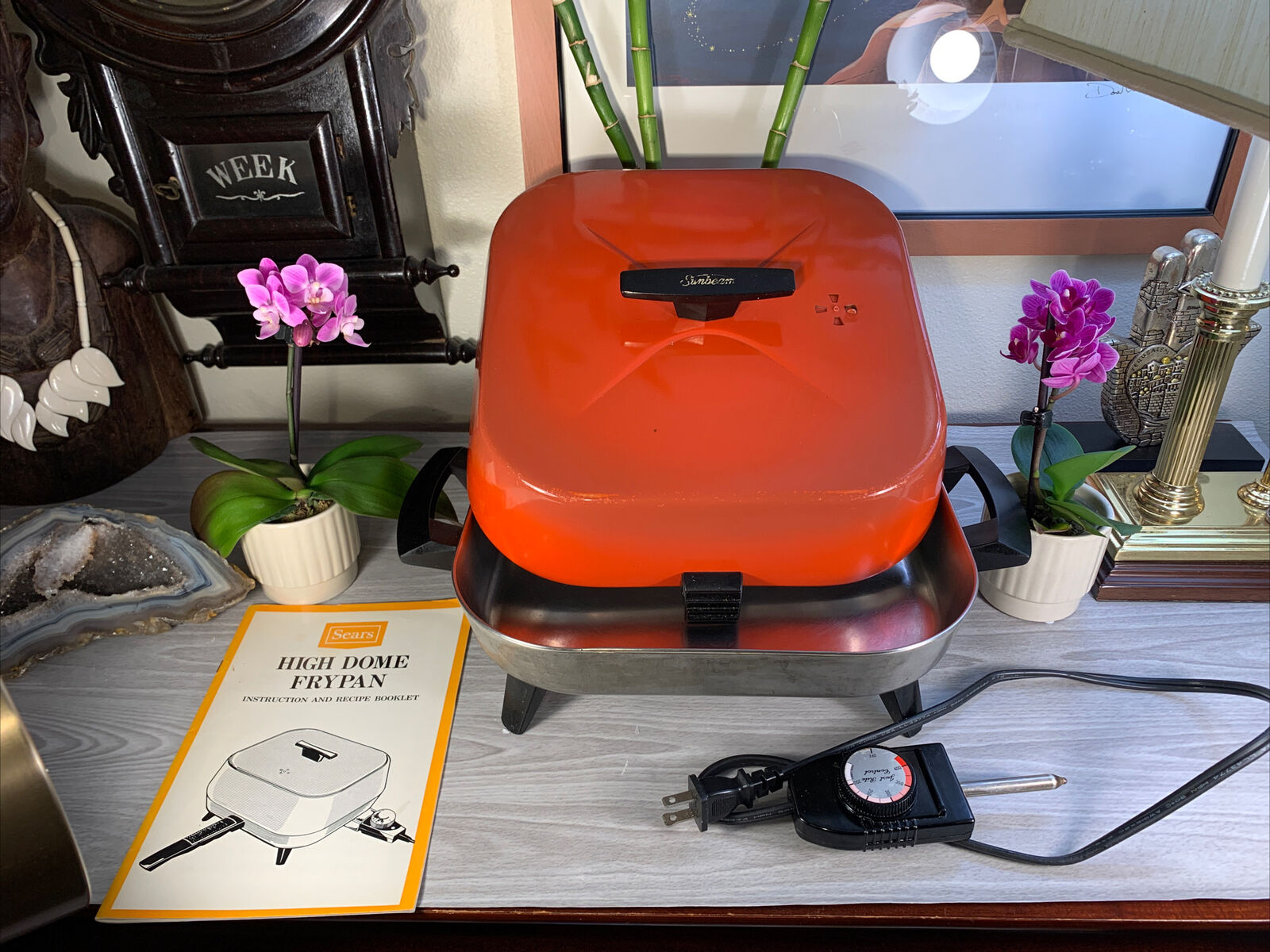
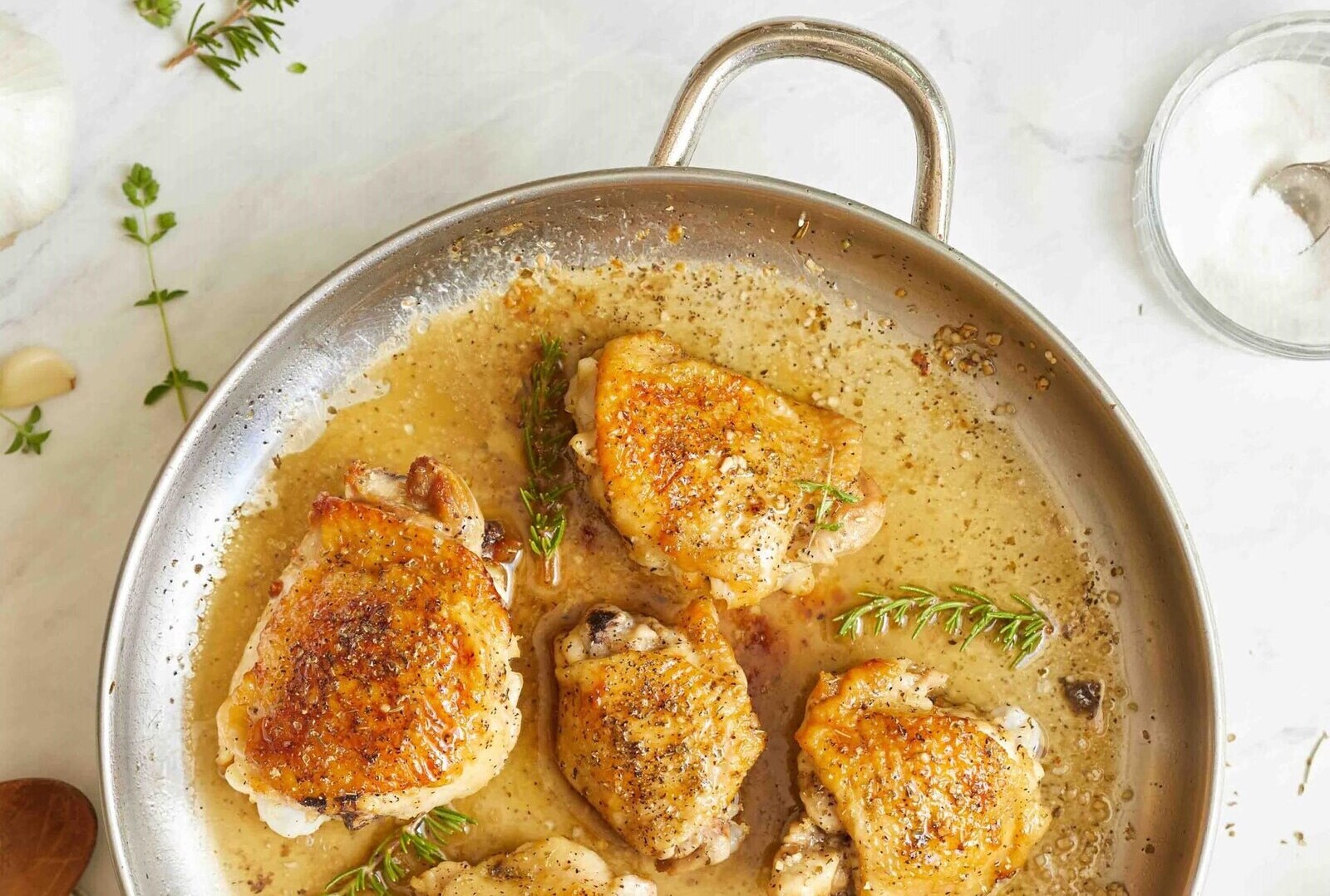

0 thoughts on “What Temperature Should You Cover Mums”